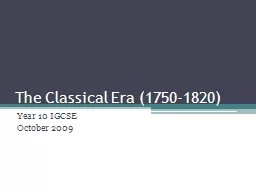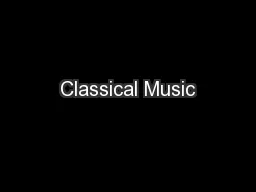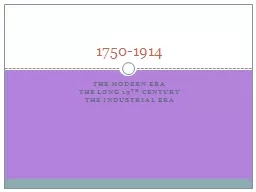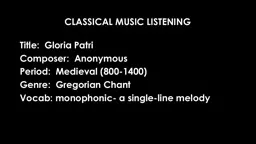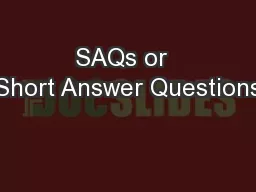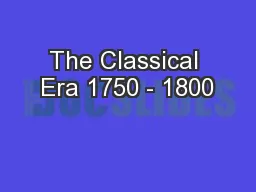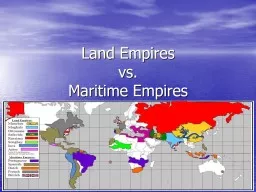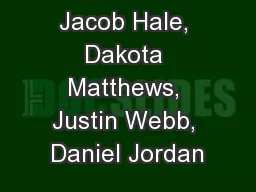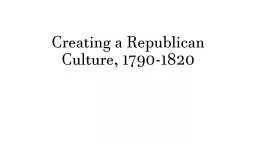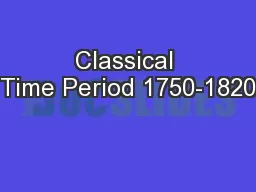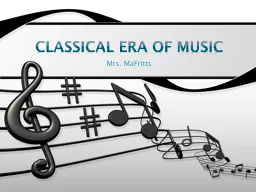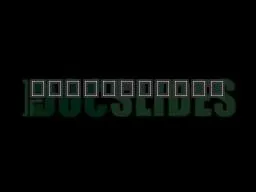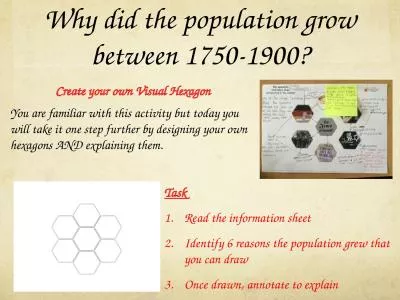PPT-The Classical Era (1750-1820)
Author : alida-meadow | Published Date : 2019-03-02
Year 10 IGCSE October 2009 The Age of Enlightenment Believed in progress rising middle class American and French revolutions Humanitarian Idealsreason and knowledge
Presentation Embed Code
Download Presentation
Download Presentation The PPT/PDF document "The Classical Era (1750-1820)" is the property of its rightful owner. Permission is granted to download and print the materials on this website for personal, non-commercial use only, and to display it on your personal computer provided you do not modify the materials and that you retain all copyright notices contained in the materials. By downloading content from our website, you accept the terms of this agreement.
The Classical Era (1750-1820): Transcript
Download Rules Of Document
"The Classical Era (1750-1820)"The content belongs to its owner. You may download and print it for personal use, without modification, and keep all copyright notices. By downloading, you agree to these terms.
Related Documents

